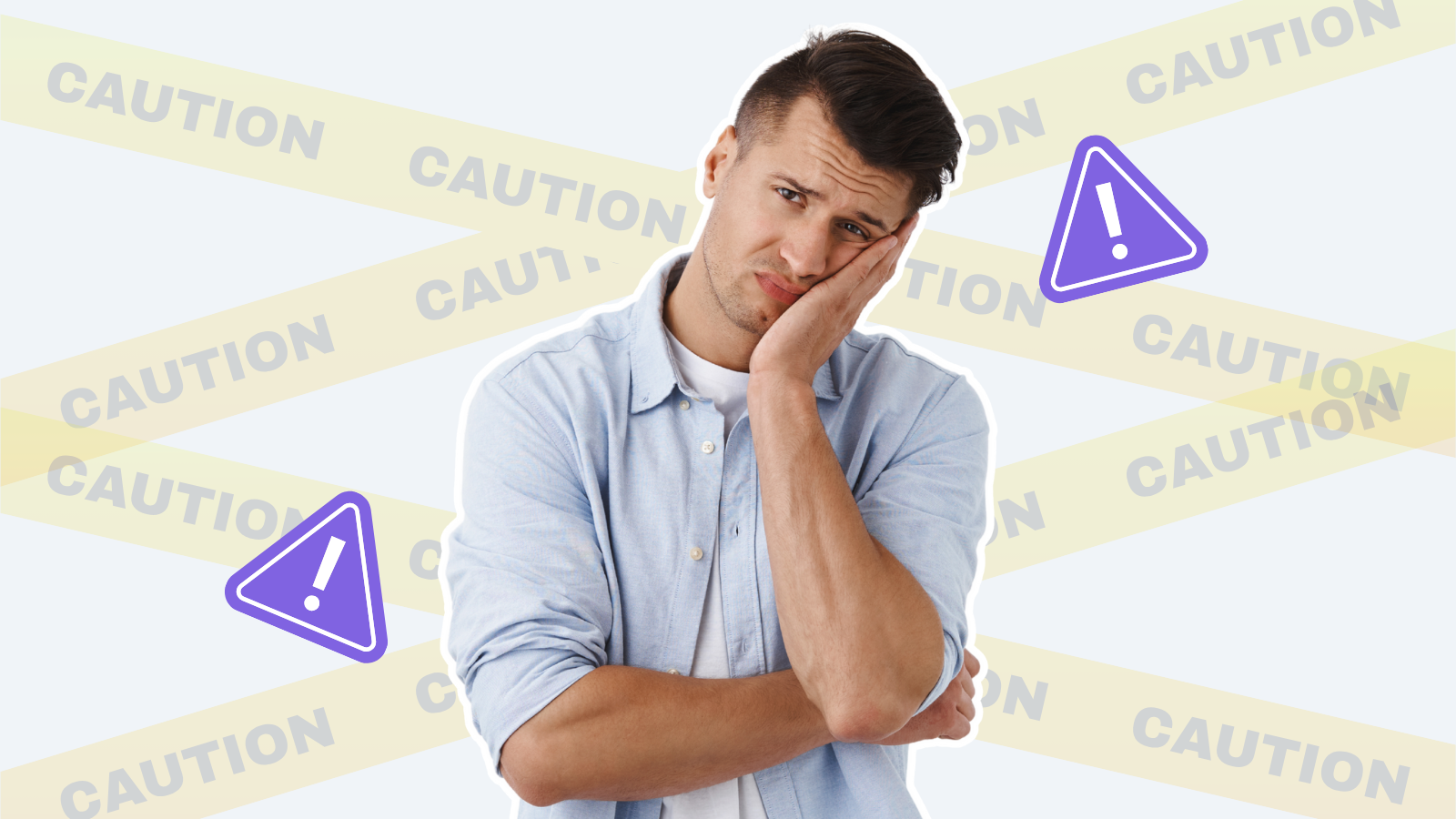
Chargebacks 101

Chargebacks 101
As a business owner, it’s your responsibility to understand chargebacks and how they occur. Chargebacks help cardholders find confidence in credit and debit card payments. They give consumers an extra layer of protection to help them fight fraud. This guide is to help you understand chargebacks and what your business can do to prevent them. Let’s get started!

What is a chargeback?
A chargeback is when money is returned to a customer for a transaction after the customer successfully wins a dispute with their bank. When a customer wants to dispute a transaction that was made with their card, they contact their bank and provide reasoning for the dispute.
The bank will then collect this information and formally file the dispute which becomes a case. If the bank finds that the customer’s dispute is valid and warranted, they will return the customer's funds for the transaction.
So how does a chargeback work?
In short, chargebacks are opened by cardholders (customers), investigated by banks and funded by merchants. Chargeback investigations are usually resolved within 21 days, but they can take longer depending on the reason code. Here is the detailed description of the process of a chargeback:

- The cardholder opens a dispute about a transaction with their bank.
- The Issuer sends the transaction back to the Acquirer, so that the Acquirer can share the dispute with the merchant.
- The merchant decides if they want to accept or fight the chargeback by doing what is called a representment.
- The Acquirer reviews the representment filed by the merchant, then sends it to the Issuer for the final review.
- The Issuer reviews the merchant’s evidence and makes a decision on the chargeback case.
- Both cardholder and the merchant are then notified of the Issuer’s ruling in the matter.
How does a cardholder file a chargeback?
A cardholder should first contact the merchant to try to solve the issue. Merchants generally try to avoid chargebacks at all costs, so they are very likely to resolve the issue head-on. However, if you’ve tried coming to an agreement with the merchant and they still aren’t budging, you can call your bank and request to dispute the transaction.
Understanding why customers file chargebacks:
Customers may file a chargeback for several different reasons. The two most common reasons are: the customer doesn’t recognize the transaction or they are not satisfied with the product or service. Nevertheless, customers may file a chargeback for any situation that's within reason. Each chargeback filed will receive a reason code that reports back to the merchant the described purpose for the chargeback. Each reason code is different depending on what card was used.
For example, 13.3 is a code for VISA . This reason code is for when an item is not as described or for defective merchandise or services. Another reason code example is 4855. This code belongs to MasterCard and is used for non-receipt of merchandise. This means the customer did not receive what they purchased.
You can view chargeback reason codes per card brand here:

Who is liable for a chargeback?
Merchants are liable for all chargebacks in most cases. They bear the burden of proof to show that they did everything correctly to not receive a chargeback. For instance, if the merchant takes payments in person through their brick and mortar store, they must use an EMV chip. If the chargeback is filed for fraudulent activity and the merchant didn’t run the sale using an EMV chip, they can be found liable for not using that extra protection that EMV provides.
However, if a chargeback is filed for fraudulent activity and EMV was used properly at checkout, then the Issuing bank is held liable rather than the merchant.
Do merchants need to fight a chargeback?
Fighting a chargeback is entirely up to the merchant. However, it’s a good idea to try to prove your case for each chargeback since too many chargebacks can cause problems. Too many chargebacks can lead to:
- Chargeback remediation: When your provider places you in chargeback remediation they give you a plan on how to reduce chargebacks. You might be required to add more prevention features or even modify your current business model.
- Probation period: Your payment provider might give you a set time when you must lower your current chargeback ratio. For example, they might give you 60 days to get your chargeback percentage under 1%.
- Reserve: Your payment provider might add a reserve to your account where a percentage of all your sales are held in a reserve account to be released at a future date. If you currently have a reserve, they may increase the amount held.
- ACH delay: Your payment provider may move your funding from the next day to two day funding.
- Limitations: Your payment provider may set limitations on your account, like reducing your high ticket limit or your monthly volume limit. Your high ticket limit is the highest amount that your business would run per transaction. This is something that you negotiated or pledged to when you signed up with your payment provider. Similarly, your monthly volume limit is the largest amount of volume your business will run in a single month. Depending on your chargeback performance, your provider may decrease both your ticket or your volume limit.
- Account Termination: Your payment provider may terminate your account because your financial risk exposure is too high.
- MATCH Listing: Lastly, if your chargeback ratios are way too high, your provider has the right to place you on the MATCH list. MATCH stands for “MaterCard Alert To Control High Risk Merchants”, also known as TMF (terminated merchant file). This is the last avenue for too many chargebacks. To be placed on MATCH for chargebacks, you must have a chargeback volume of $5,000.00 with cardholders using a MasterCard credit card. Even VISA recommends that merchants who accept VISA with excessive chargebacks should be placed on MATCH as well, even though it’s a MasterCard program. In addition, if you have a chargeback ratio of over 1% you can also be placed on MATCH. Most payment providers don’t accept merchants who are placed on MATCH due to the risk involved. It becomes almost impossible to get a new merchant account once being placed on the MATCH list.
Merchants should try to fight chargebacks to prevent their ratio from becoming too high. Chargebacks are a pesky problem that can drag a good business down. Representing your business is crucial to remaining on good terms with your payment provider.
Most commonly asked questions:

What is the difference between a chargeback and a refund?
A refund is when a customer contacts the merchant with a dispute and the merchant returns the payment for a product or service. A chargeback is when a customer contacts their bank requesting that the bank forces a transaction reversal. Oftentimes, an unresolved refund will result in a chargeback. When a merchant doesn’t issue a refund, the customer has the right to go to their bank to file a chargeback. The customer may not win, but they do have the right to file a dispute.
What is the difference between a retrieval and a chargeback?
As mentioned above, a chargeback is when a customer contacts their bank with a request that the bank forces a transaction reversal. A retrieval is when a customer contacts their bank and requests more information about a transaction. The bank will then need to retrieve details on the transaction like the products or services sold, time of transaction, amount and location. A retrieval doesn't always end in a chargeback. Sometimes, customers won't recognize a transaction until their bank provides more details to refresh the customers' memory.
In conclusion...
Chargebacks don't need to obstruct your path on the road to success! By understanding your customers, improving their experience with your business and using the right fraud tools, you can make chargebacks less likely and rare. If you are looking to use a payment provider that has a higher chargeback win outcome, join us! Or if you have any questions about the chargeback process or what you can do to win with your current provider, let us know.





.png)
.png)




.png)

